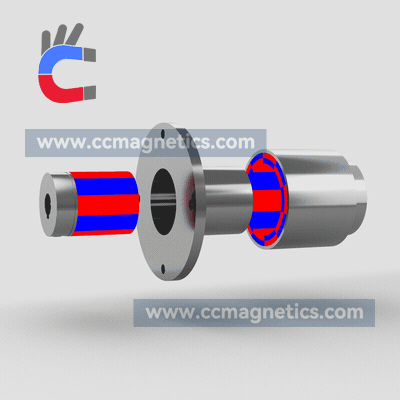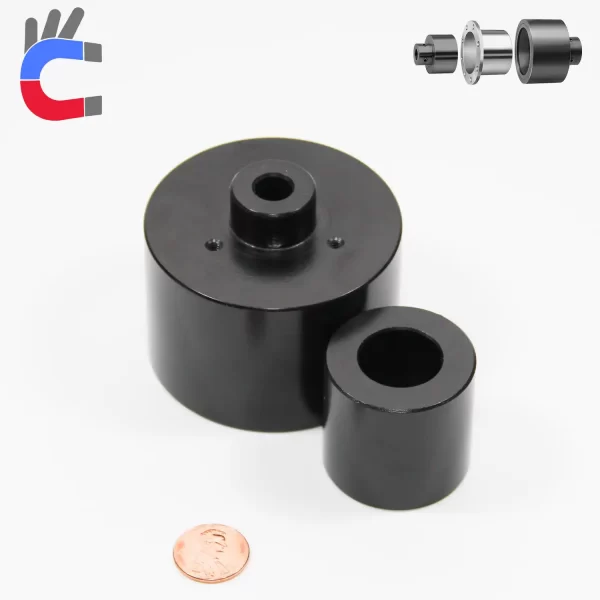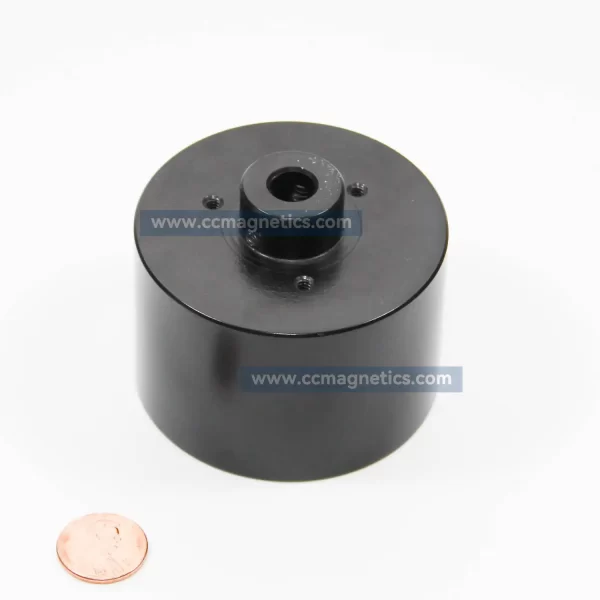Define Magnetic Coupling,What Is Magnetic Coupling,Magnetic Coupling Working Principle,Magnetic Coupling Torque Calculation,Magnetic Coupling Definition,Magnetic Couplings Gauge,Magnetic Coupling Principle,Gauge Magnetic Couplings

Magnetic coupling working principle
In magnetic couplings non-operative state, the north and south poles of the rotors face each other, resulting in a completely symmetric magnetic field. Torque transmission occurs solely when the rotors are twisted, causing the magnetic field lines to shift and, consequently, the torque to be conveyed through the air gap. This leads to a synchronous operation maintained at a constant torsion angle. Should the maximum coupling torque or the maximum torsion angle be exceeded, power transmission will be interrupted.
Advantages of magnetic coupling
One of the benefits of magnetic coupling is its ability to mitigate vibrations. Additionally, it establishes an isolation barrier between the follower and the driver, as the magnetic drive system can transfer force across different environments, even if the follower is in a different setting. Since magnetic force remains effective, precise alignment is not crucial. Moreover, the coupling operates along an axis that applies linear force.
Another advantage of motors with magnetic couplings is the reduction in contact between moving components. In contrast to direct contact, there is a clearance between the motor and the load it drives. This gap can lessen friction, enhancing efficiency. Furthermore, it diminishes the wear on the motor, thereby extending its operational lifespan.
Maybe you need to know: what is magnetic couplings ?
RELATED PRODUCTS
Magnetic Couplings


